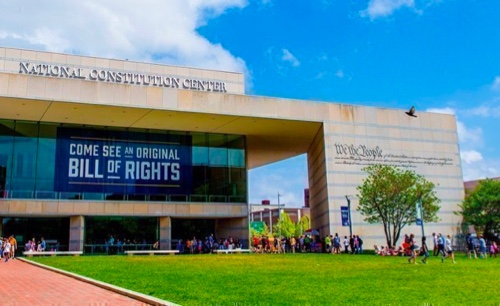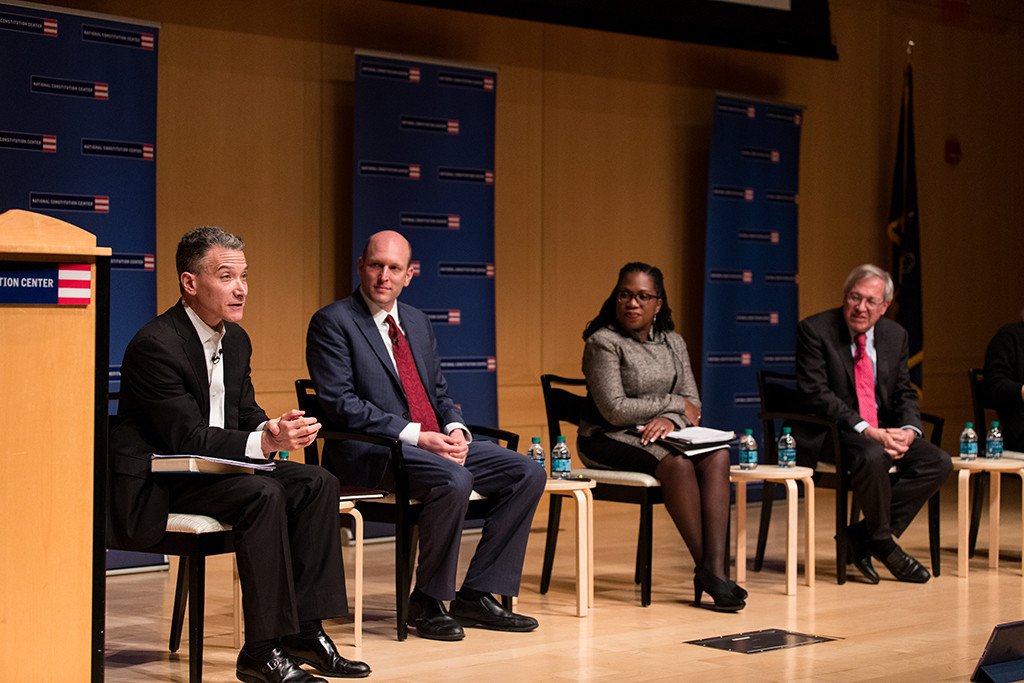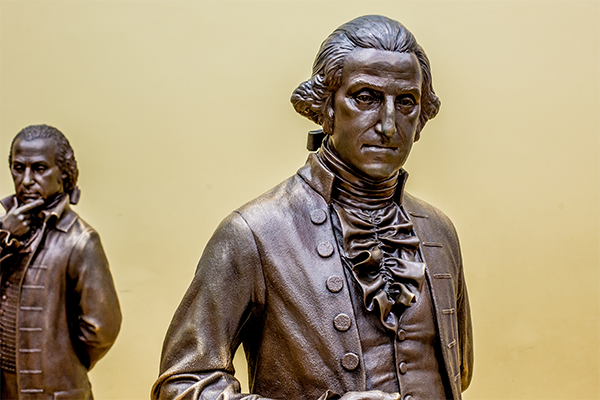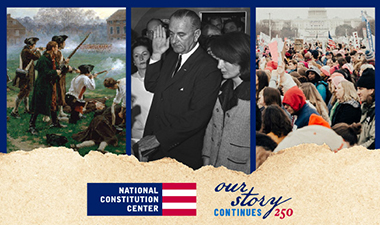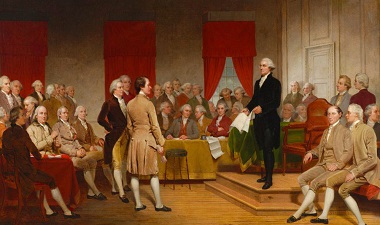The era after World War II brought many societal changes to the United States, including a reinforcement of free speech and press rights as stated in the First Amendment, and enabled at a state and local level by the 14th Amendment.
The Supreme Court landmark decision in New York Times v. Sullivan (1964) addressed a topic, defamation (or libel), that dates back to the founding era of American journalism. The decision crafted important media guidelines for criticizing public officials in print or speech, and for protecting the free press from retribution for publishing protected free speech.
The Actual Malice Standard
In this case, L. B. Sullivan, an elected police commissioner in Montgomery, Alabama, sued the New York Times after it published an advertisement that accused city police of questionable conduct toward civil rights demonstrators. Sullivan sued four petitioners and The New York Times for libel in state court, and he was awarded $500,000 in damages. The Alabama state supreme court upheld the damages award.
The Supreme Court, in a unanimous decision from Justice William Brennan, overturned the verdict. “The constitutional guarantees require, we think, a federal rule that prohibits a public official from recovering damages for a defamatory falsehood relating to his official conduct unless he proves that the statement was made with ‘actual malice’—that is, with knowledge that it was false or with reckless disregard of whether it was false or not,” Brennan ruled.
“In my opinion the Federal Constitution has dealt with this deadly danger to the press in the only way possible without leaving the free press open to destruction—by granting the press an absolute immunity for criticism of the way public officials do their public duty,” added Justice Hugo Black in his concurrence.
The decision Curtis Publishing Co. v. Butts (1967) expanded the actual malice standard, when two public figures sued the Saturday Evening Post and Curtis Publishing over a story that alleged college football game fixing. A divided Supreme Court extended First Amendment protections to reporting on public figures unless a publisher showed “highly unreasonable conduct constituting an extreme departure from the standards of investigation and reporting ordinarily adhered to by responsible publishers.”
Previous Articles: How the Supreme Court ruled on press censorship cases after World War I | A look at early landmark free press censorship cases
The definition of unprotected free speech was further defined by the Supreme Court in Brandenburg v. Ohio (1969) when a Ku Klux Klan leader sued after he was arrested for violating a state criminal syndicalism law for making a public speech. In a per curiam, unsigned opinion, the Court replaced the “clear and present danger” test from Justice Oliver Wendell Holmes Jr. with a new rule to define unprotected free speech.
“Freedoms of speech and press do not permit a State to forbid advocacy of the use of force or of law violation except where such advocacy is directed to inciting or producing imminent lawless action and is likely to incite or produce such action,” the Court decided.
Prior Restraints and Confidential Sources
In New York Times Co. v. United States (1971), the Nixon Administration went to court to block The New York Times and The Washington Post from publishing leaked Defense Department papers related to the Vietnam War’s history. In a 6-3 per curiam decision, the Court’s majority denied the Nixon Administration’s request and pointed back to Near v. Minnesota (1931) and other cases about prior restraints by the government to censor content before publication.
In his concurrence, Justice Hugo Black called the government’s efforts “a flagrant, indefensible, and continuing violation of the First Amendment,” and Justice William O. Douglas noted that “[t]hese disclosures may have a serious impact. But that is no basis for sanctioning a previous restraint on the press.” The dissenting Justices felt the case came too quickly to the Court and that executive branch’s Article II powers over the conduct of foreign affairs needed to be weighed more heavily.
Another landmark case defined the ability of the press to protect confidential sources used in reporting. In Branzburg v. Hayes (1972), a reporter in Louisville, Kentucky, interviewed people connected with the drug trade for a story, and he refused to name his sources to grand juries. The Supreme Court held in 5-4 decision that the information served a compelling and paramount state interest that superseded his First Amendment rights, since it was needed for a criminal investigation. In his dissent, Justice Potter Stewart wrote the decision invited “state and federal authorities to undermine the historic independence of the press by attempting to annex the journalistic profession as an investigative arm of government.”
Censorship and Coercion Challenges
The issue of press censorship came up in a different context in Hazelwood School District v. Kuhlmeier (1988). In a 5-3 decision, Justice Byron White determined that a public school principal had the right to censor articles appearing in a student newspaper selected by student editors. The students sought to publish articles about divorce and teenage pregnancy, and they claimed the principal violated their First Amendment rights.
“Educators do not offend the First Amendment by exercising editorial control over the style and content of student speech in school-sponsored expressive activities, so long as their actions are reasonably related to legitimate pedagogical concerns,” White concluded. In his dissent, Justice William Brennan argued that free speech superseded educators’ concerns. The principal “violated the First Amendment’s prohibitions against censorship of any student expression that neither disrupts classwork nor invades the rights of others, and against any censorship that is not narrowly tailored to serve its purpose,” he argued.
A recent case could also have an impact on government efforts to chill free speech in the press. In National Rifle Association v. Vullo (2024), a unanimous Supreme Court said the New York State Department of Financial Services may have violated the First Amendment when it urged banks and insurers to potentially cut their ties with the National Rifle Association because of its gun-promotion advocacy.
“The NRA plausibly alleged that respondent violated the First Amendment by coercing regulated entities to terminate their business relationships with the NRA in order to punish or suppress gun-promotion advocacy,” Justice Sonia Sotomayor ruled in the Vullo opinion. In a concurring opinion, Justice Neil Gorsuch wrote that, “today we reaffirm a well-settled principle: ‘A government official cannot coerce a private party to punish or suppress disfavored speech on her behalf.’”
Recently, the Vullo case was cited in coverage about the Jimmy Kimmel controversy when Federal Communications Commission chair Brendan Carr criticized Kimmel and said the FCC could act against ABC, which produces his talk show. Carr’s critics believed his comments violated the standard of First Amendment coercion stated in in Vullo and a prior Supreme Court decision, Bantam Books, Inc. v. Sullivan (1963). Kimmel’s show has returned to production, and the FCC has not acted against ABC.
Scott Bomboy is the editor in chief of the National Constitution Center.
